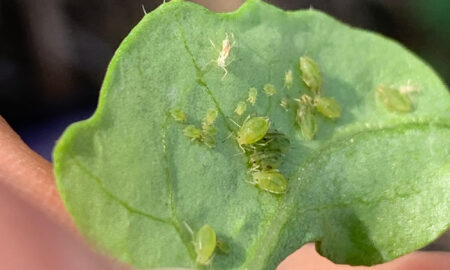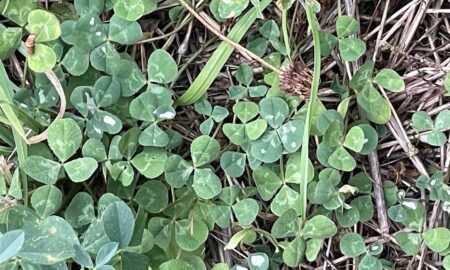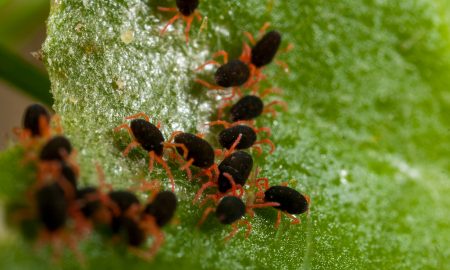Researchers from cesar and SARDI have been monitoring key green bridge locations for Russian wheat aphid (Diuraphis noxia, RWA) over spring, summer and autumn as part of a GRDC investment.
Observations in November 2018 showed Russian wheat aphid was present all over its known distribution area on many different grasses and generally in high abundance. Barley grass, brome grasses and volunteer wheat and barley were harboring the highest numbers.
Fast-forward a couple of months, and monitoring during the drier, hotter period of January and February revealed a notable decrease in detectability of Russian wheat aphid – as preferred grass hosts became rare, aphid populations became too low to detect at most sites. Only in higher rainfall cooler zones, such as Tasmania, did researchers observe an increase in detections.
Green bridge surveillance has also been undertaken during May, and preliminary work suggest that Russian wheat aphid populations are still very low. Not only were the populations of grass-host plants decimated by the hot and dry summer conditions, but Russian wheat aphid populations have also suffered.
It appears that Russian wheat aphid populations are not yet showing signs of recovery during preliminary early autumn checks of highly irrigated areas, and areas that had received summer rainfall.
At this stage, finding any Russian wheat aphid is extremely difficult.
Only where preferred hosts, including volunteer cereals, canary grass, and enneapogin grass, survive due to available water (seeps, dams, irrigation and higher rainfall areas) have researcher’s occasionally been able to detect small populations.
Autumn surveys are continuing in Victoria and NSW, in light of recent rainfall. As with the beginning of the 2018 winter cropping season, Russian wheat aphid pressure seems again very low and risk of colonisation of crops early in the season seems minimal.
Acknowledgements
This article has been adapted from ‘Managing Russian wheat aphid risk – early season considerations’. Click here to view the full article.
Cover image: Photo by Andrew Weeks, Cesar Australia





